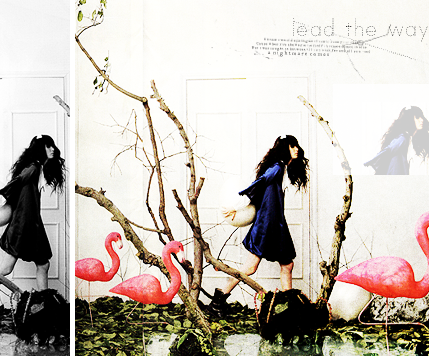[ 11:57 am ]

i've made changes and lala stuffs.
minor changes only. tikam-ed the words there.
hahaha. pawk! tell me if its okay yah. (:
okay.
lala.
HAPPY 41ST BIRTHDAY, SINGAPORE! (:
-
i must say,
the invention of paper was super smart.
HistoryThe word paper comes from the ancient Egyptian writing material called papyrus, which was woven from papyrus plants. Papyrus was produced as early as 3000 BCE in Egypt, and in ancient Greece and Rome. Further north, parchment or vellum, made of processed sheepskin or calfskin, replaced papyrus, as the papyrus plant requires subtropical conditions to grow. In China, documents were ordinarily written on bamboo, making them very heavy and awkward to transport. Silk was sometimes used, but was normally too expensive to consider. Indeed, most of the above materials were rare and costly.
The Chinese court official Cai Lun (蔡倫) described the modern method of papermaking in AD 105; he was the first person to describe how to make paper from wood pulp. Paper is considered to be one of the Four Great Inventions of Ancient China. Archæologically, true paper had been excavated in China dated from the 2nd-century BC. It spread slowly outside of China; other East Asian cultures, even after seeing paper, could not figure out how to make it themselves. Instruction in the manufacturing process was required, and the Chinese were reluctant to share their secrets. The technology was first transferred to Korea in 604 and then imported to Japan by a Buddhist priest, Dam Jing (曇徴) from Goguryeo, around 610, where fibres (called bast) from the mulberry tree were used. After further commercial trading and the defeat of the Chinese in the Battle of Talas, the invention spread to the Middle East, where it was adopted in India and subsequently in Italy in about the 13th century. They used hemp and linen rags as a source of fiber. The oldest known paper document in the West is the Missel of Silos from the 11th century.
Some historians speculate that paper was the key element in global cultural advancement. According to this theory, Chinese culture was less developed than the West in ancient times prior to the Han Dynasty because bamboo, while abundant, was a clumsier writing material than papyrus; Chinese culture advanced during the Han Dynasty and preceding centuries due to the invention of paper; and Europe advanced during the Renaissance due to the introduction of paper and the printing press.
Paper remained a luxury item through the centuries, until the advent of steam-driven paper making machines in the 19th century, which could make paper with fibres from wood pulp. Although older machines predated it, the Fourdrinier paper making machine became the basis for most modern papermaking. Together with the invention of the practical fountain pen and the mass produced pencil of the same period, and in conjunction with the advent of the steam driven rotary printing press, wood based paper caused a major transformation of the 19th century economy and society in industrialized countries. Before this era a book or a newspaper was a rare luxury object and illiteracy was normal. With the gradual introduction of cheap paper, schoolbooks, fiction, non-fiction, and newspapers became slowly available to nearly all the members of an industrial society. Cheap wood based paper also meant that keeping personal diaries or writing letters ceased to be reserved to a privileged few. The office worker or the white-collar worker was slowly born of this transformation, which can be considered as a part of the industrial revolution.
Unfortunately, the original wood-based paper was more acidic and more prone to disintegrate over time, through processes known as slow fires. Documents written on more expensive rag paper were more stable. The majority of modern book publishers now use acid-free paper.
Recent developments Paper made in the west since the industrial revolution has been almost exclusively wood based, except for a few specialized papers like those used in banknotes. However, at least one company (Cloudy Bay Cotton) has recently tried to introduce cotton based tissue papers to westernised countries as an alternative to wood based ones. Their reasons for doing this are that the cotton based tissue papers are less abrasive, less likely to cause allergic reactions, and far more environmentally friendly than wood papers, as they are made from renewable materials. The type of cotton fibres used for making paper are discarded as unusable waste from the textile industry, and can be manufactured using fewer chemicals and less energy.
Some manufacturers, notably AMD, have started using a new, slightly more environmentally friendly alternative to expanded plastic packaging made out of paper, known commercially as "paperfoam". The packaging has very similar mechanical properties to some expanded plastic packaging, but is biodegradable and can also be recycled with ordinary paper. [1]
With increasing environmental concerns about synthetic coatings (such as PFOA) and the currently higher prices of hydrocarbon based petrochemicals, there is a recent focus on zein (corn protein) as a coating for paper in high grease applications such as popcorn bags. [2]
Synthetics such as Tyvek and Teslin have been introduced as printing media as a more durable material than paper.
wikipediahey, think about it.
without paper, what'd be the world?
where would we do our homework,
how do we clean our asses after shitting?
(:
haha.
i don't know what's my problem.
i got that thought while doing filing. (:

